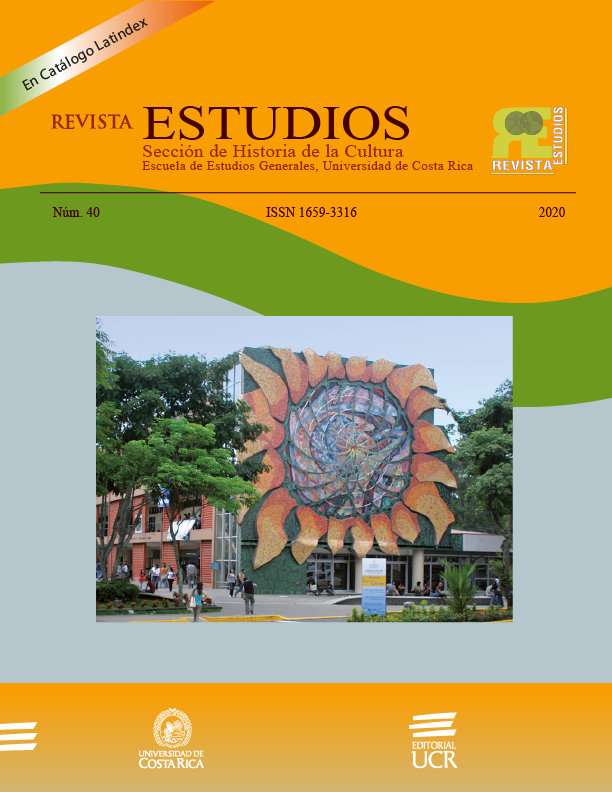Abstract
The present reading of The Crystal Orchestra (1976) focuses on characterizing the poetics of the abigarrated and its resources. The hyperrethoric, the kitsch and the conceptual humor are textual strategies that show the transgressive and exploratory character of the trilogy of novels that Enrique Lihn dedicated to the rhetoric of power. The narrative voice of Lihn exhibits a sensitivity characterized by the piled up and inharmonic, a multiplicity of colors and heterogeneous materials united without concert. Lihn builds a speech marked by political violence, censorship and self-censorship. In the novel, the author parodies not only politicians and authority figures, but also the cultural field of the moment and its pseudo art. This work exposes an experimental and polyphonic narrative, capable of generating atmospheres in which the detritus appears as the maximum realization of the Latin American intellect once this was dominated by the dictatorship and a public trained by monuments to bad taste.


